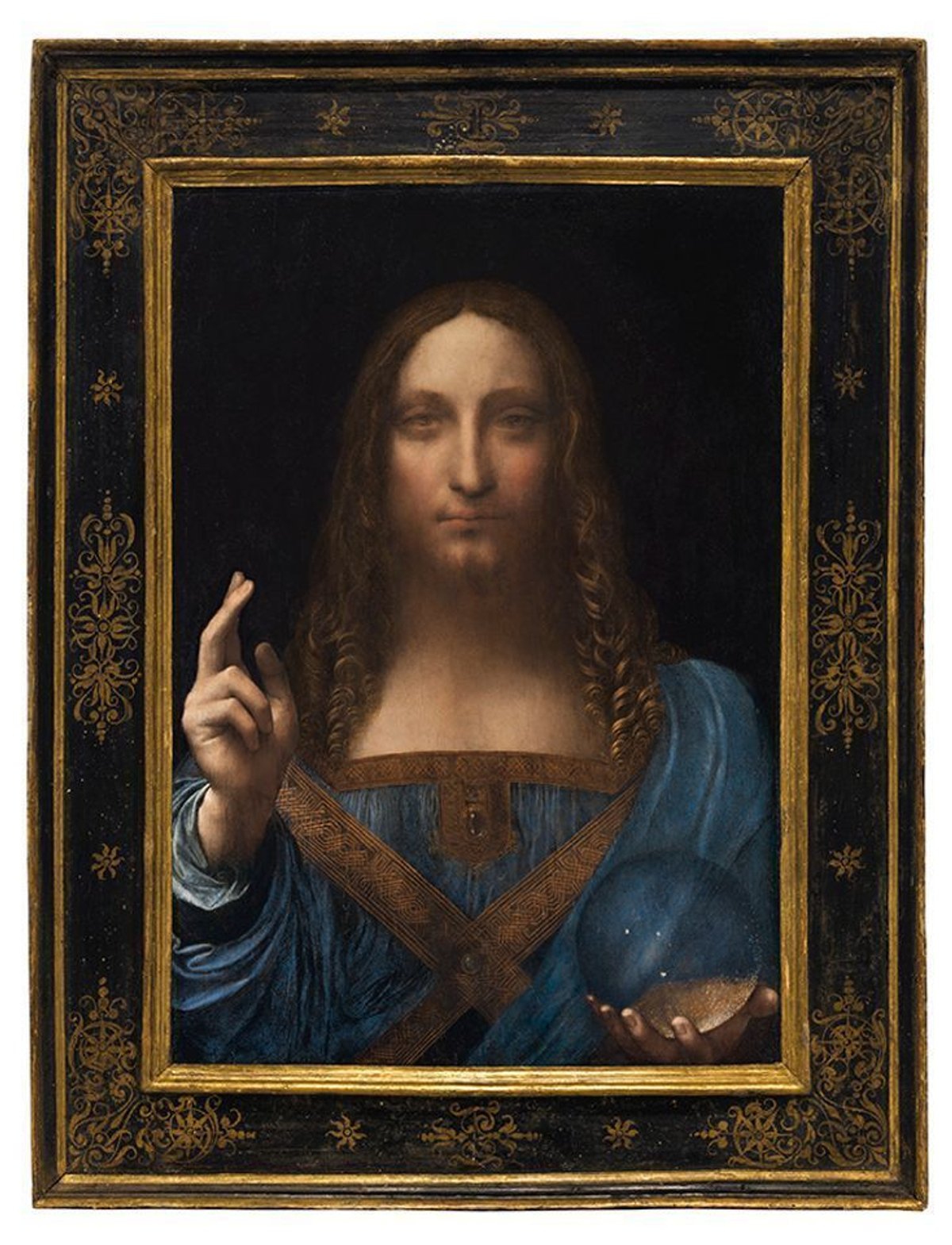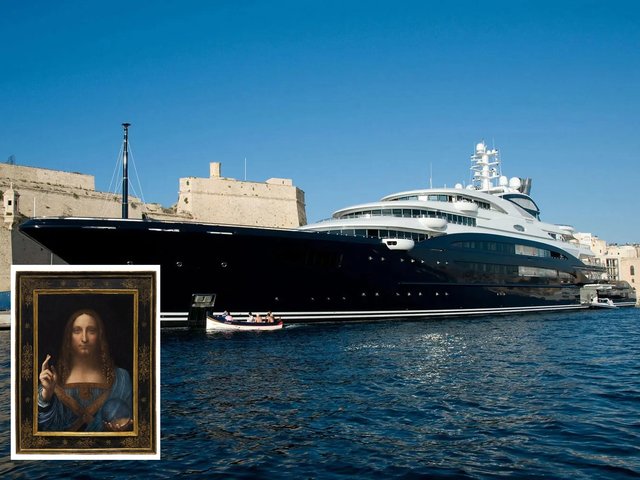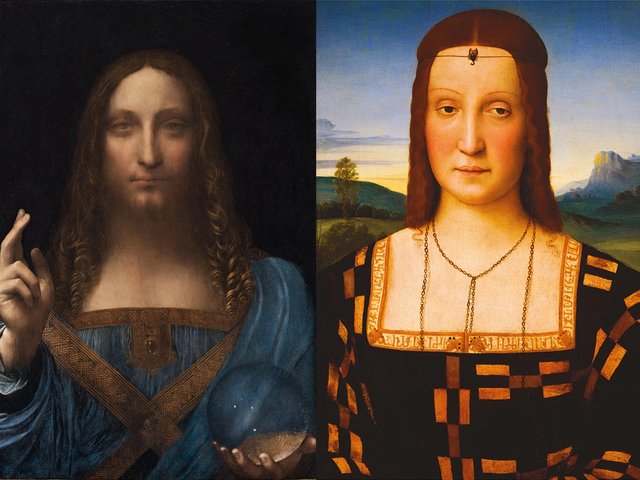The Salvator Mundi rumour mill swirls on. The latest tale is: “It’s on a superyacht!” The yacht is said to be the $500m Serene. I have no idea if the story is true but it fits into what has become the dominant narrative of the painting: its value. Every aspect of the picture is discussed only with reference to how much less it is worth than the $450m the presumed owner, Mohammed bin Salman, paid for it. The overwhelming suggestion is that he got “played”—a Saudi prince dabbling disastrously in the Western art market.
But maybe we are the ones getting played. Consider this: the only entity realistically able to pay $450m for a painting is a state. States do not buy paintings to resell so we can assume that any potential changes to the value are now irrelevant to its owner. What matters instead is the painting’s ability to act as a trophy. If the history of Leonardo paintings tells us anything, it is that the more controversial they are, the greater their ability to draw a crowd. The Last Supper is a wreck; the Mona Lisa became the world’s most famous painting only after it was stolen. The value of a Leonardo, therefore, is best measured in column inches. And what better way to boost the star power of Salvator Mundi than by making it “disappear” for a few months? Wherever and whenever the picture goes on public display again, it will do so not as the most valuable painting in the world but as one of the most famous.
Codart for the UK?
Talking of states and art, it was an honour to chair the annual Codart conference, held this year in the Gemäldegalerie in Berlin. The international network of Dutch and Flemish art curators, Codart is funded by the Dutch government: the only state to properly realise the soft power of art. Through careful promotion, the Dutch have made artists such as Rembrandt and Vermeer an integral part of their national identity. And the reason Codart enjoys government funding is because the best way to sustain the global popularity of Dutch art is through those who have the knowledge and expertise to tell its story—that is, curators.
Could the UK government fund a similar organisation, to capitalise on the global appeal of Constable, Turner or Freud? Sadly, the fact that our new prime minister Boris Johnson has just appointed the fourth culture secretary since 2016 tells us all we need to know about the political importance of the arts in Britain today. But as we stagger towards Brexit, now is the time for a new approach. I suppose one idea could be to follow the Saudi example, and hide The Haywain on a yacht (one of Philip Green’s, perhaps?).
At the very least, British museums need to relinquish their Gollum-like grip on Britain’s art. At Codart, we were treated to a private view of the Gemäldegalerie’s superb Mantegna and Bellini: Masters of the Renaissance exhibition (closed 30 June). At the entrance was a large sign saying: “photography encouraged, please share your images”. But special labels for works on loan from British museums like the V&A, the Walker Art Gallery and the Royal Collection Trust prohibited photography. It was a grimly perfect metaphor for Brexit Britain: it’s our art; you foreigners can’t share it.






